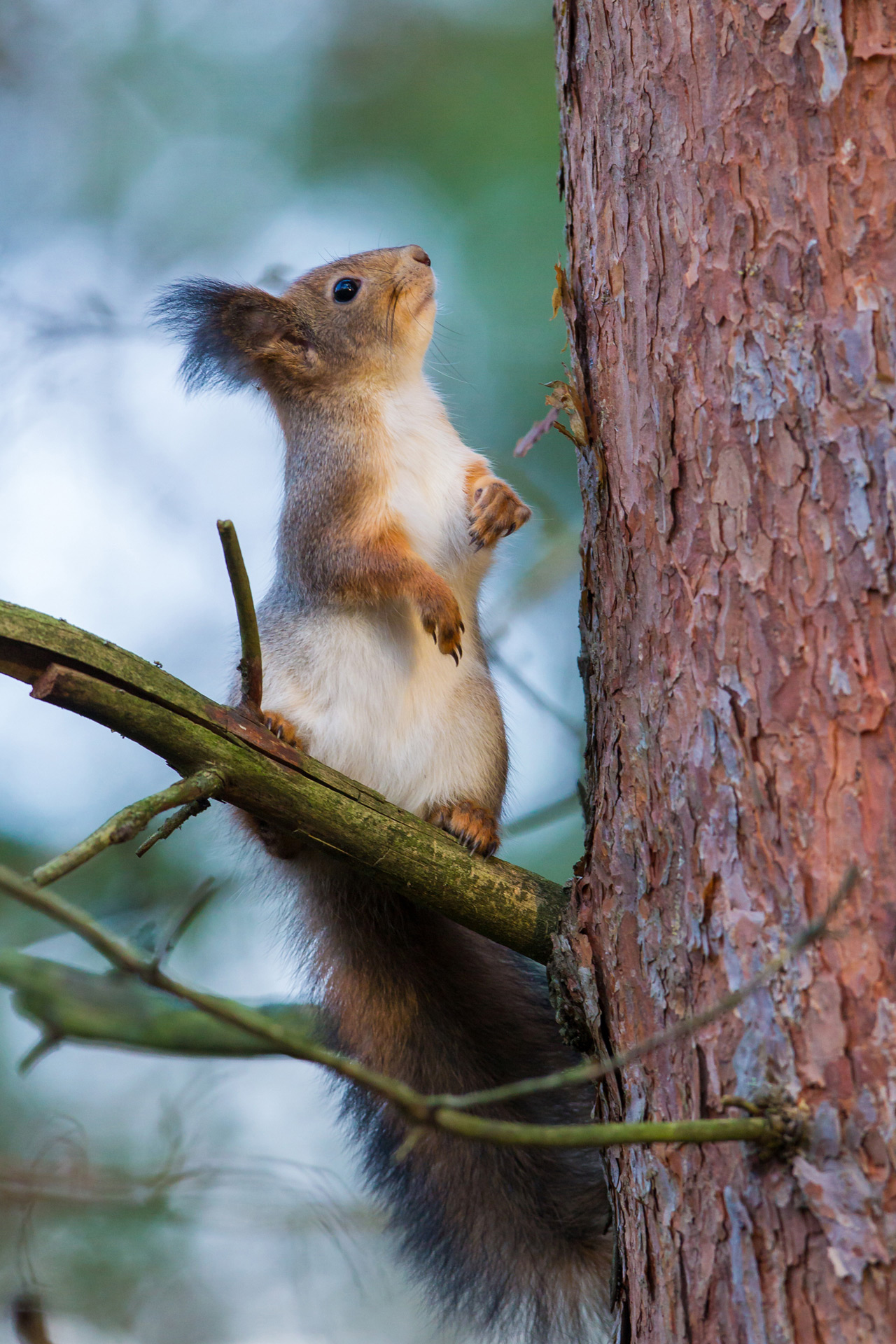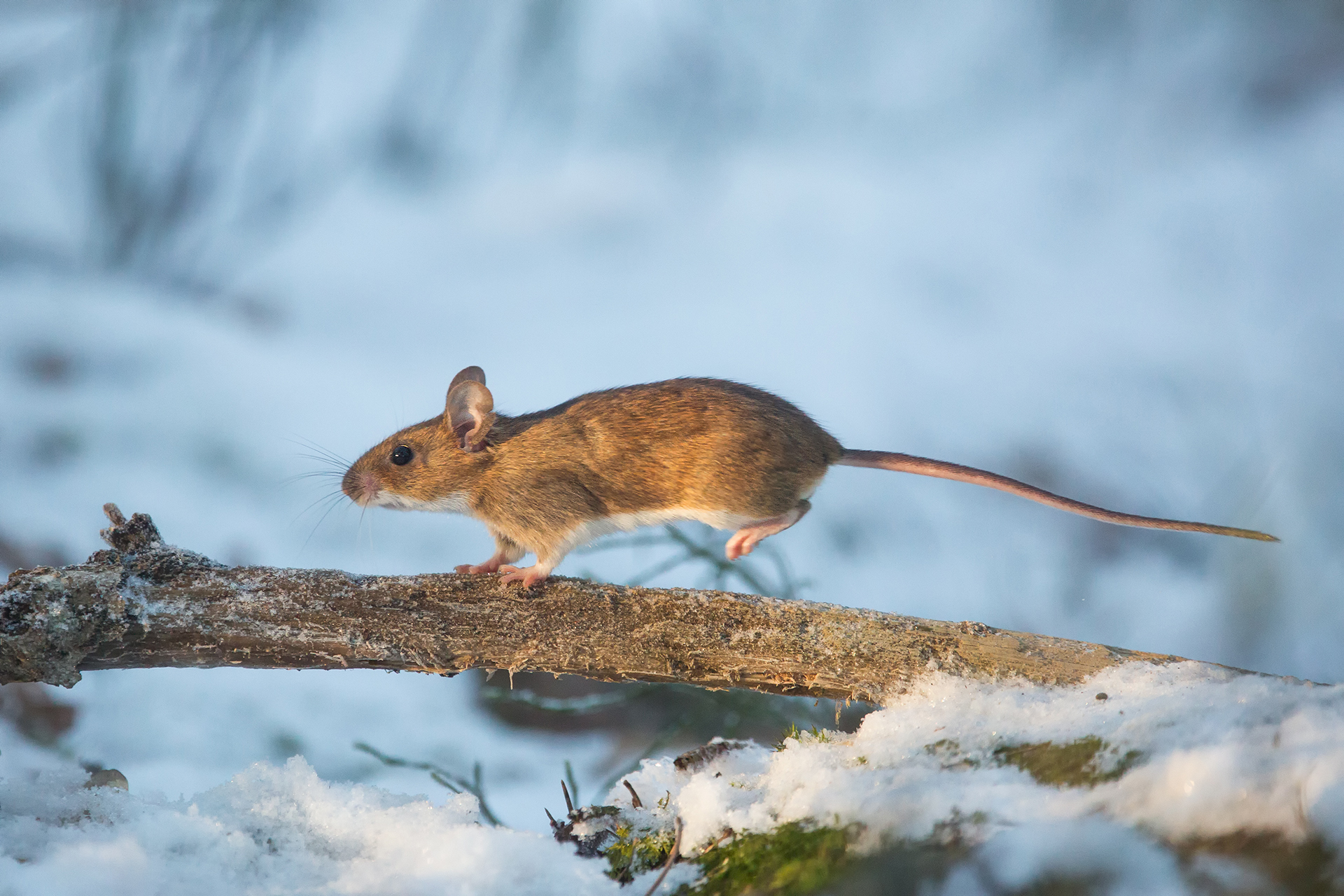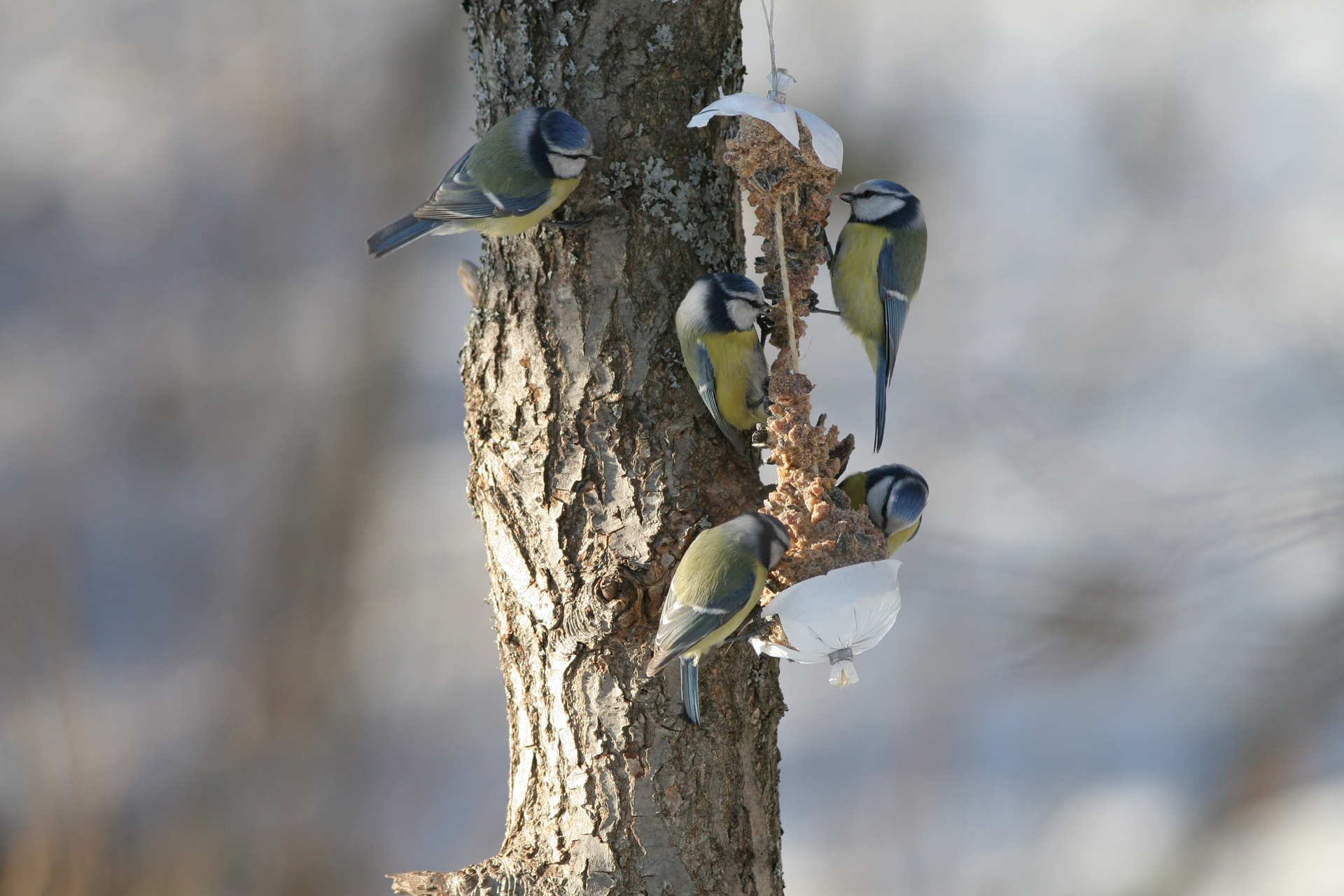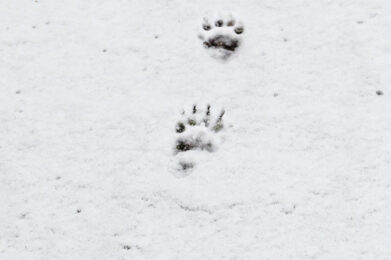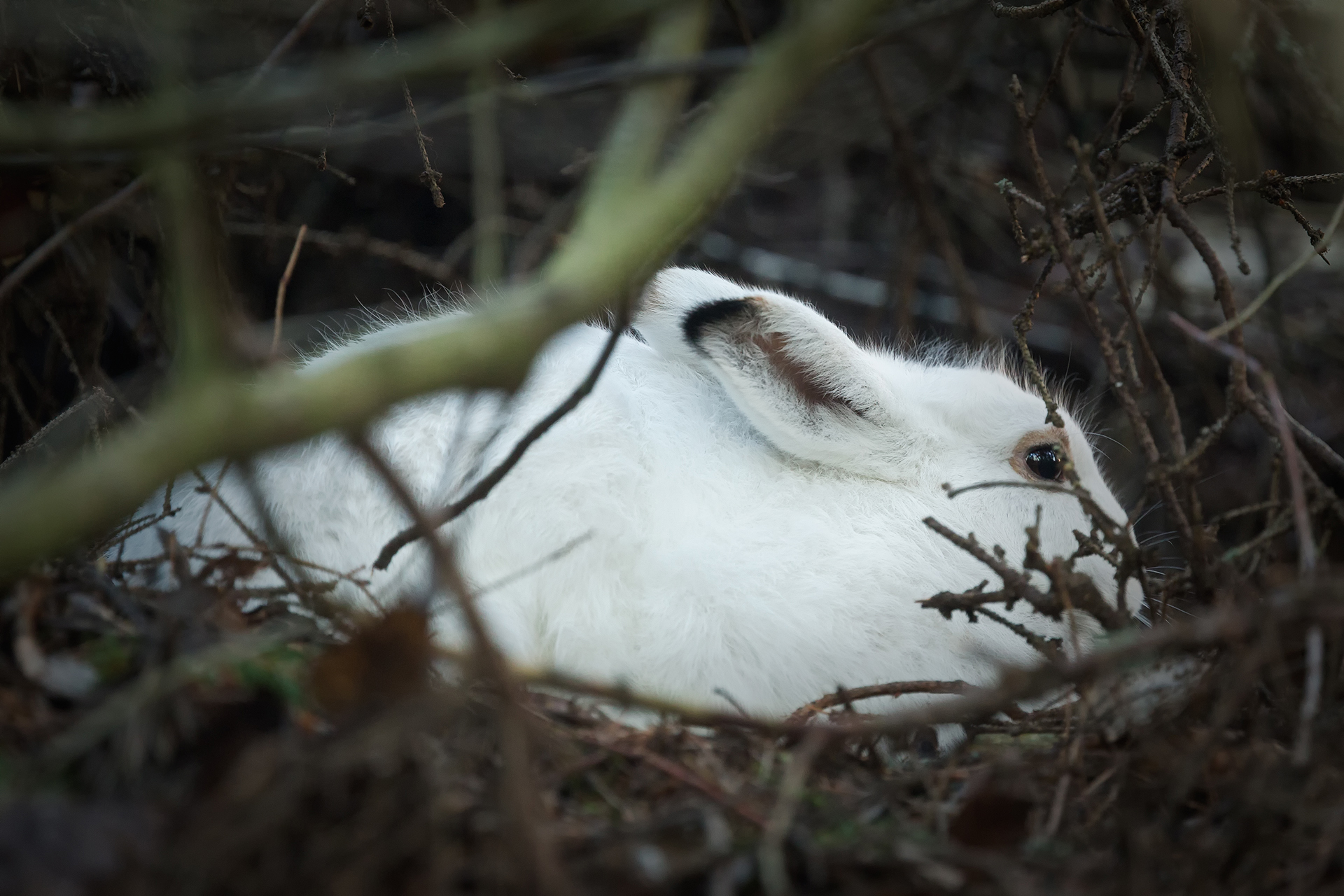Many ways to winter
The dwarf shrubs typically found in coniferous forests, namely bilberry and lingonberry, endure winter under the protection of snow. Herbaceous plants, on the other hand, cannot withstand sub-zero temperatures, which is why their parts above-ground wither and die in winter. They survive winter by spending it as seeds or underground structures, such as rootstocks or rhizomes. Mosses and lichens, meanwhile, are used to such harsh conditions that even spending a few months frozen is not enough to faze them. Once conditions are favourable again, they go right back to photosynthesising.
You can gleam a great deal of information about how forest animals spend their winter just by looking at the snow. Blue hares munch on the bark of aspen trees and roe deer dig under the snow for things to eat. Mice, moles and shrews also leave delicate paw prints on the snow, in the rare occasions that they venture out of their hiding places underneath. The pearl string-like tracks of red foxes criss-cross among the trees and Eurasian red squirrels clean cone after cone to get their daily helping of seeds. Every now and then, the silence of the forest is broken by the contact calls of a flock of tits.

